22 GPTs for Artistic Analysis Powered by AI for Free of 2025
AI GPTs for Artistic Analysis are advanced computational tools that leverage the capabilities of Generative Pre-trained Transformers to offer in-depth insights and evaluations related to various art forms. These tools are designed to understand and interpret artistic content, ranging from visual arts to literature, providing tailored solutions for analysis, creation, and education in the arts. By employing machine learning algorithms, they can analyze patterns, styles, and historical contexts, making them invaluable for researchers, creators, and enthusiasts aiming to explore the depths of artistic expression.
Top 10 GPTs for Artistic Analysis are: AI Art Critic GPT,image to text,写真講評bot,Signature Analyst,Arty,Philo,Regenerate,ちょ作,书法大师,Finnish English Language Expert
AI Art Critic GPT
Revolutionizing Art Critique with AI

image to text
Transforming Images into Insightful Narratives

写真講評bot
Elevate Your Photography with AI Expertise

Signature Analyst
Empowering Signatures with AI-Powered Analysis and Artistry
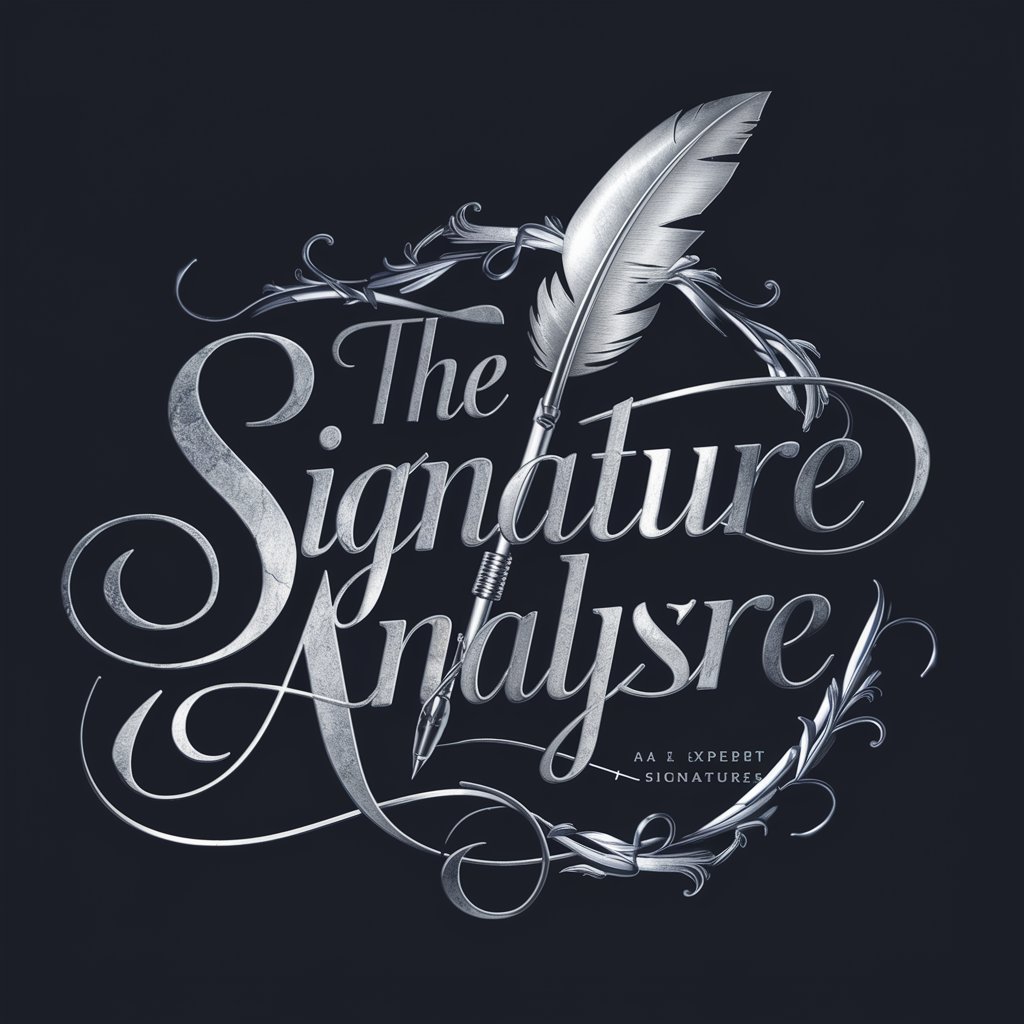
Arty
Visualizing Art with AI

Philo
Empowering philosophical discourse with AI.
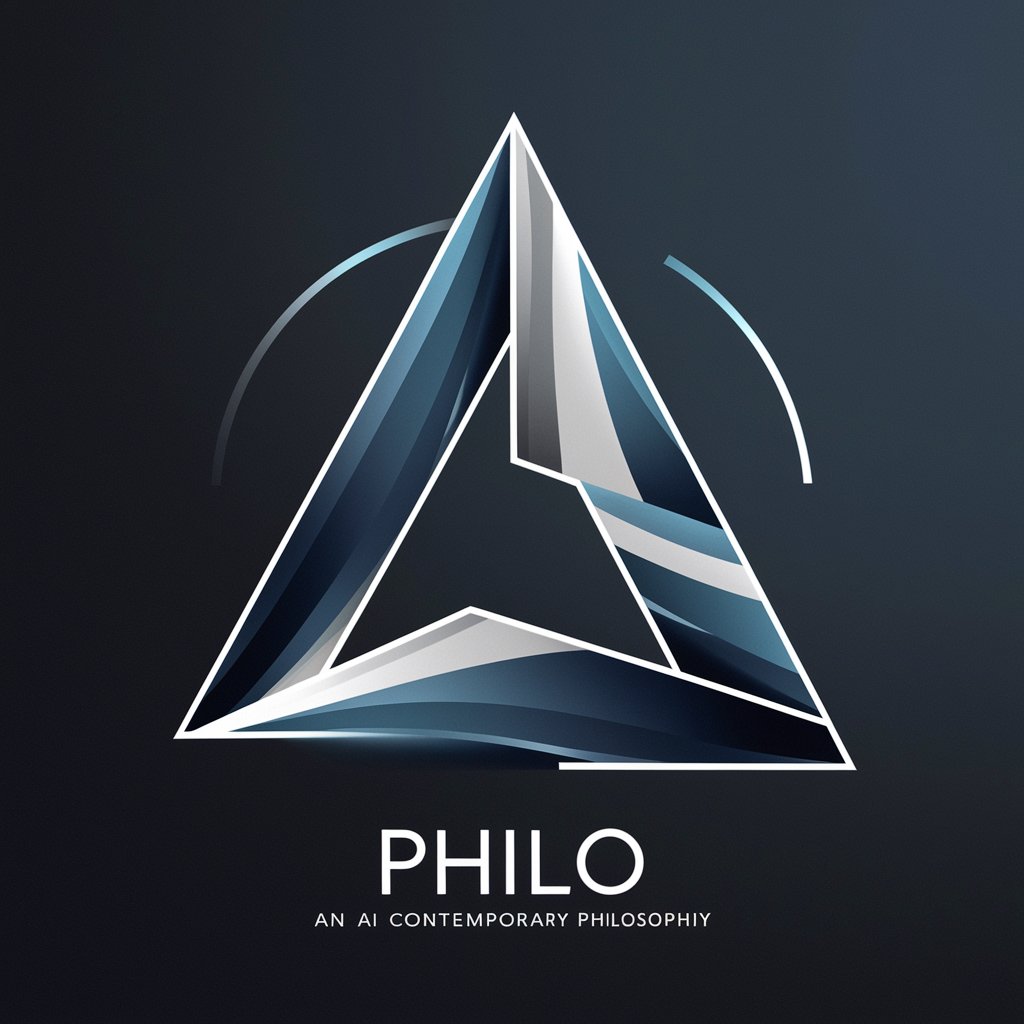
Regenerate
Transforming Images with AI Precision
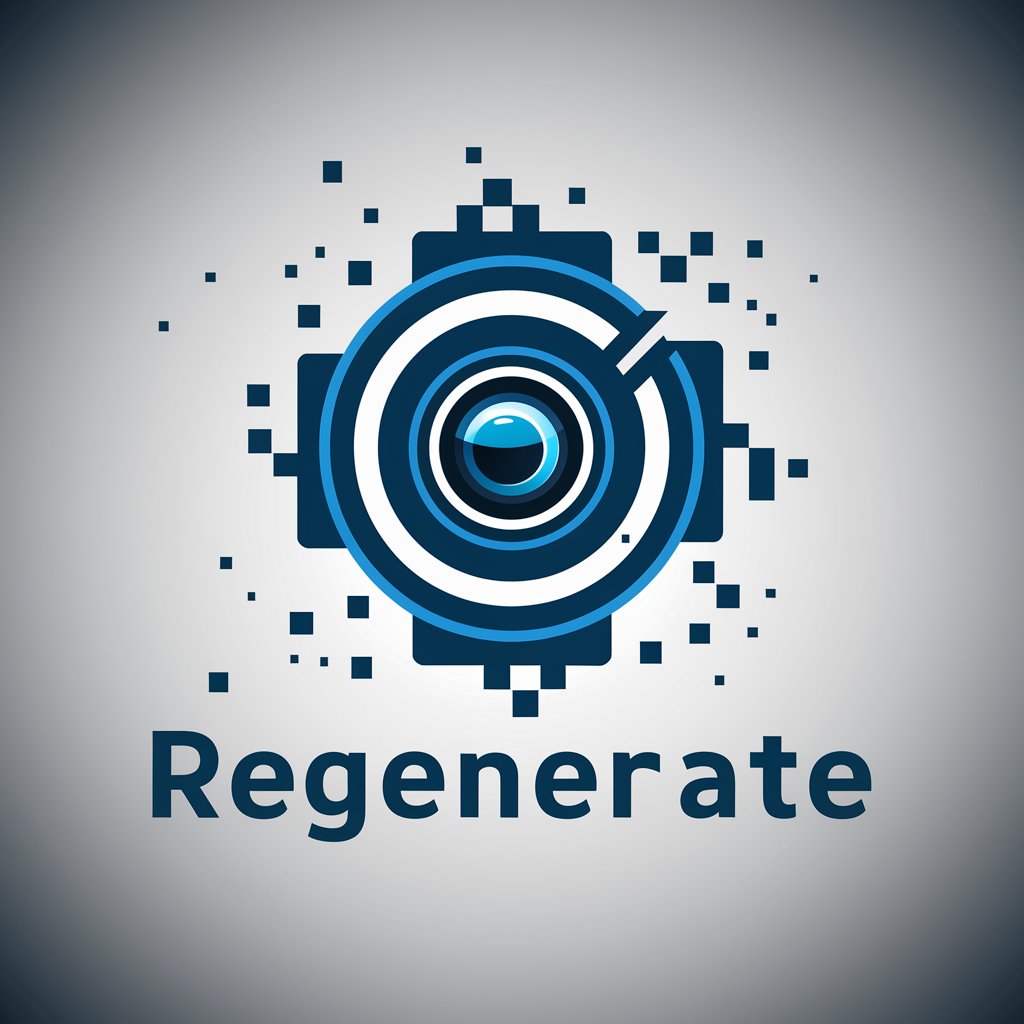
ちょ作
Empowering Creativity with AI-powered Copyright Insights
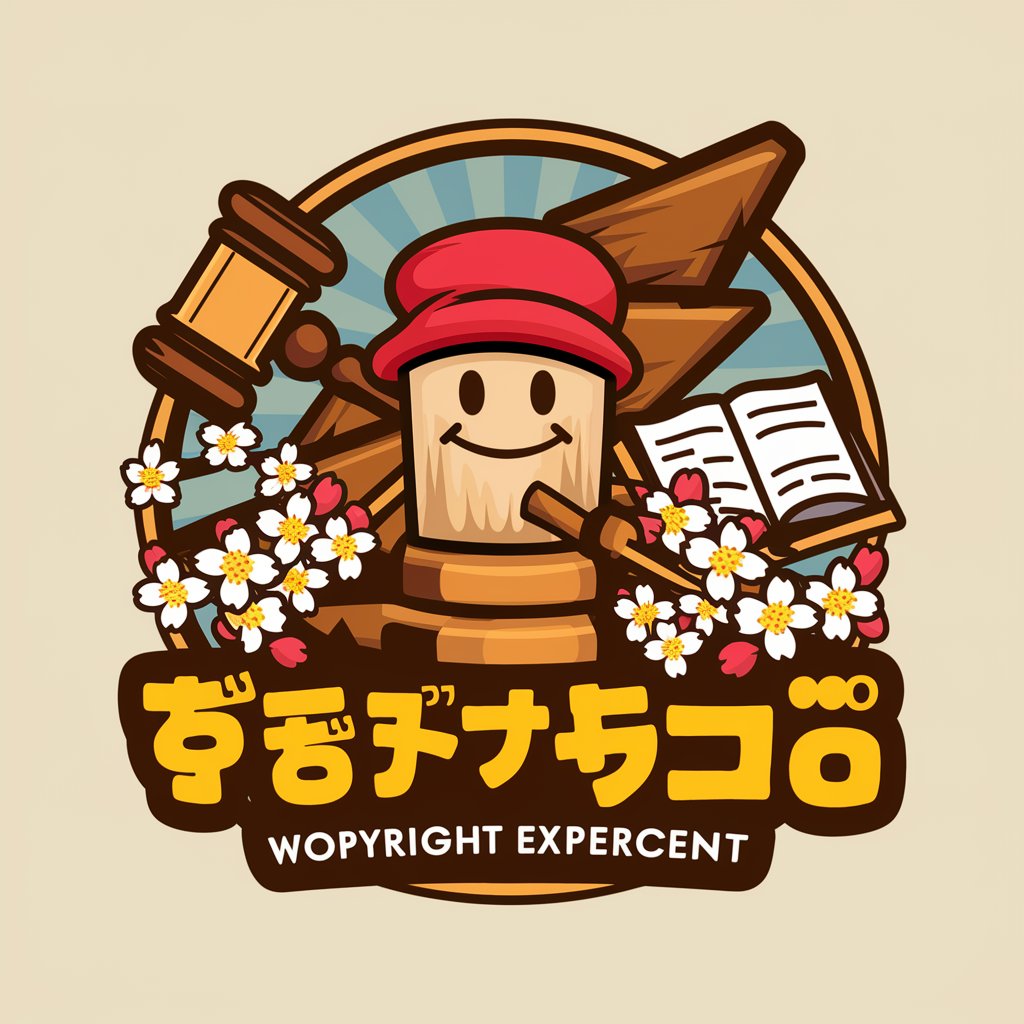
书法大师
Empowering Calligraphy with AI

Finnish English Language Expert
Bridging Cultures with AI-Powered Language Mastery
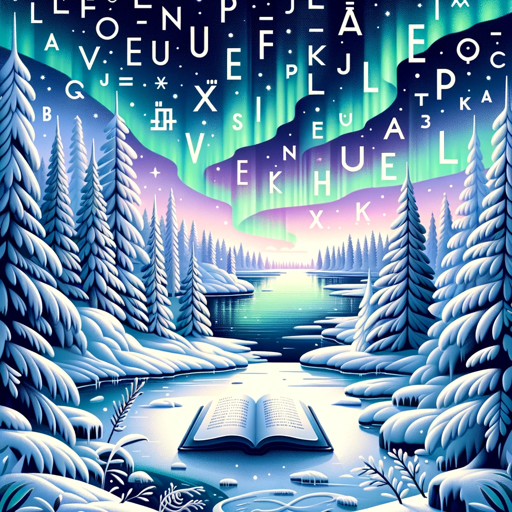
Prompt Chef
Unleash Creativity with AI

Vincent van Gogh
Explore art through van Gogh's eyes.

和谐大师
Unleash ancient wisdom with AI-powered 和谐大师.
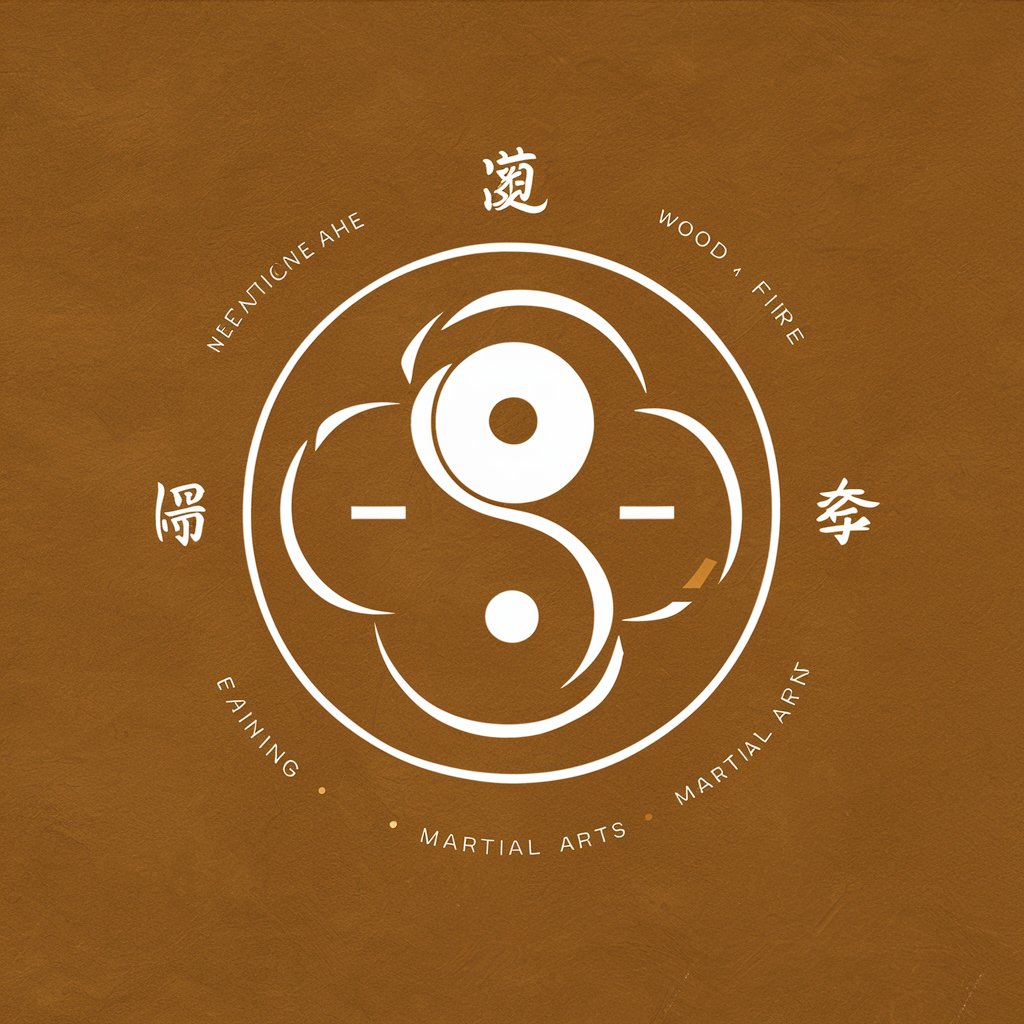
ART ANALYZER
Unlock the secrets of art with AI
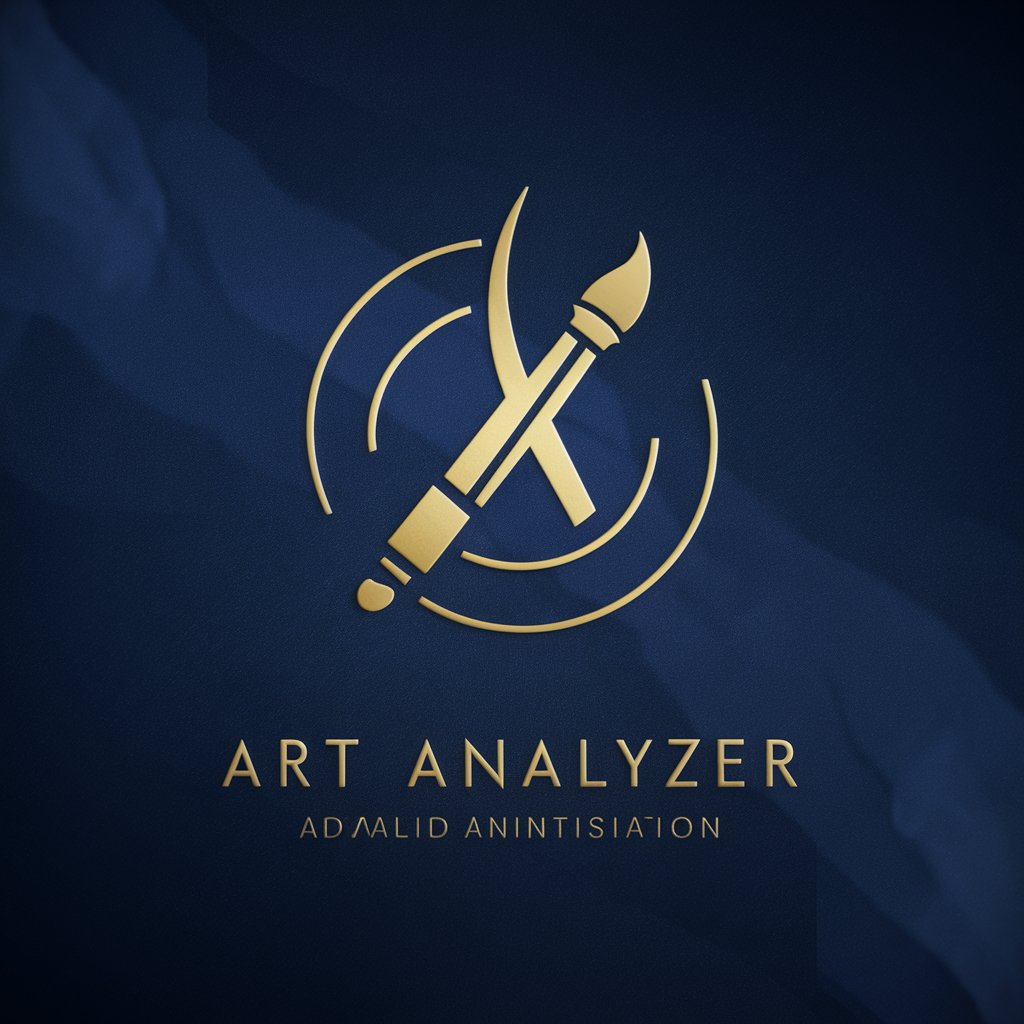
Best Image Prompts Finder
Unveiling Art with AI

Avant-Garde Artisan
Discover Art's Cutting Edge, Powered by AI
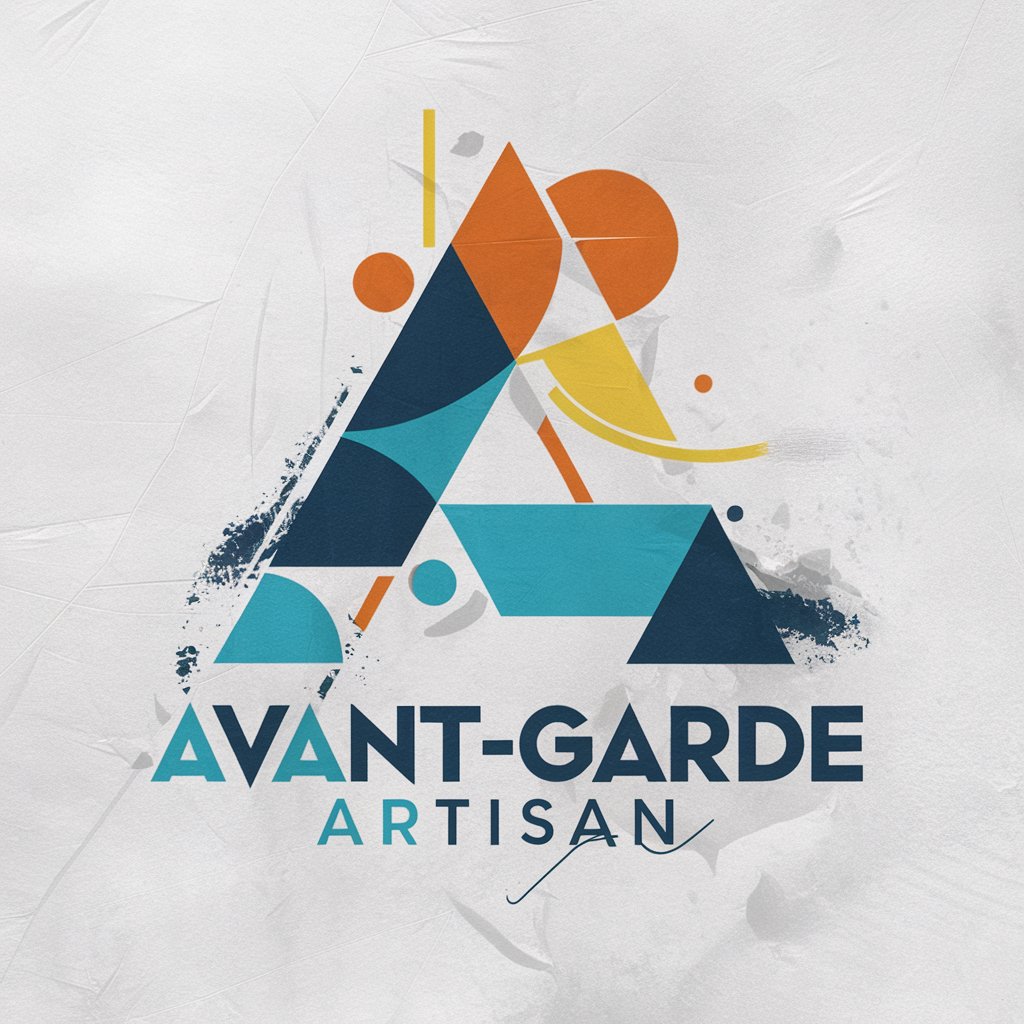
bird
Master Expressionism with AI

Analista de Tendencias Visuales
Visualize Trends with AI Power
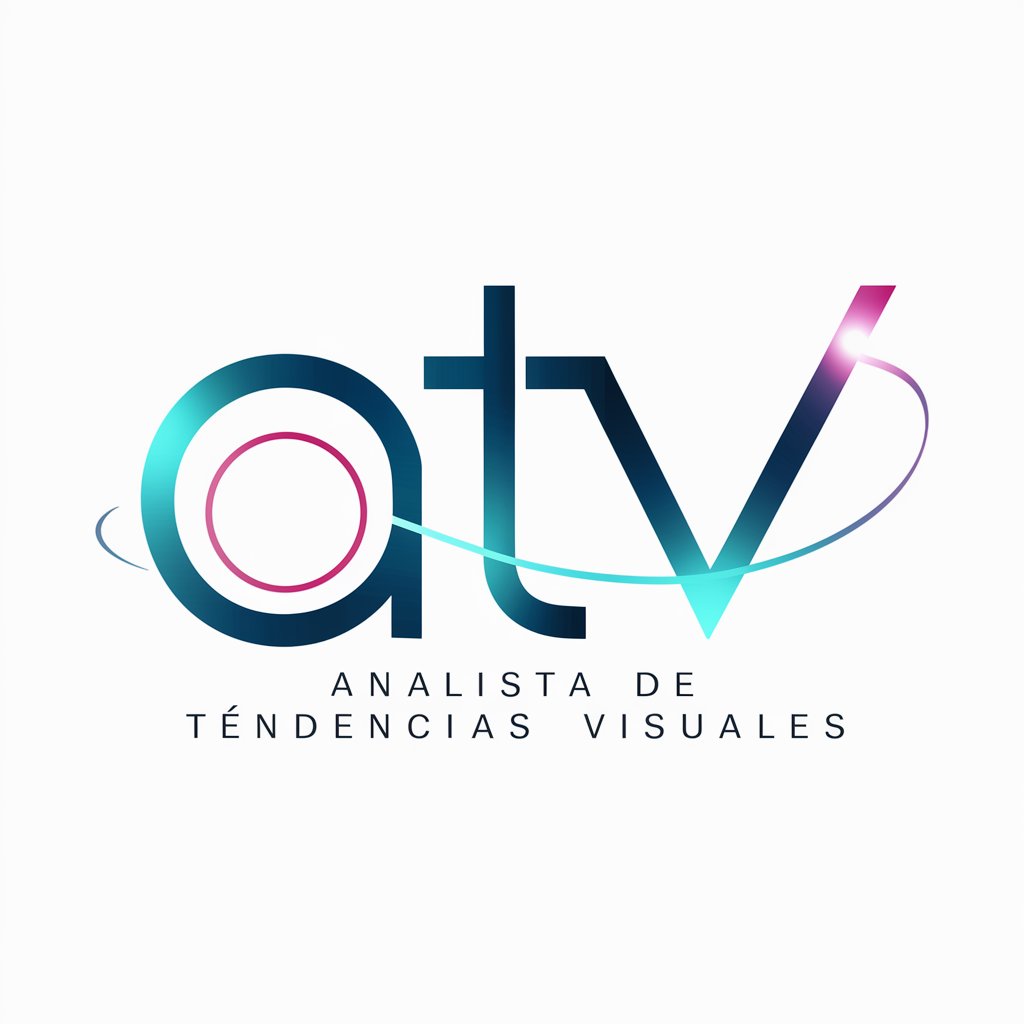
SAN LORENZO
Empowering Ceramic Discovery with AI
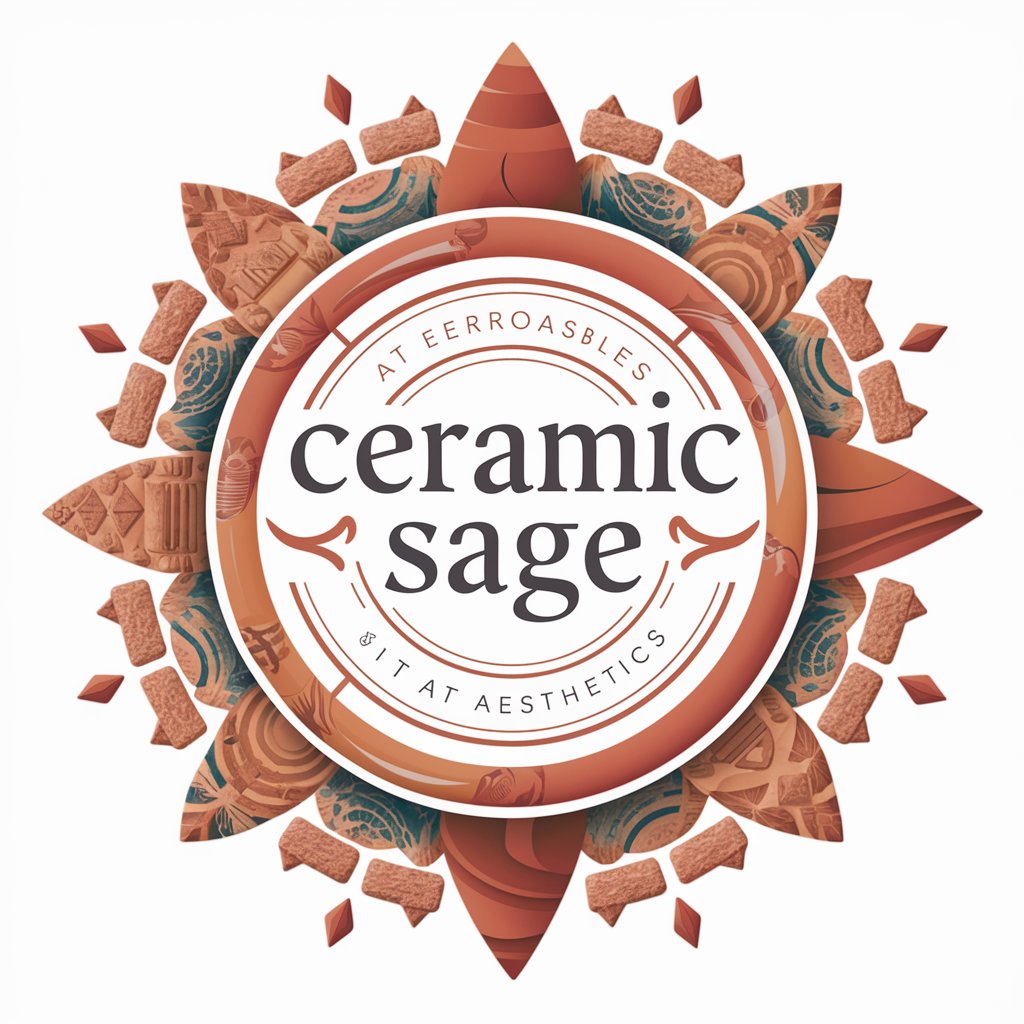
19th Century Photography Tutor
Explore Photographic History with AI

Art Period Describer
AI-powered insight into art history
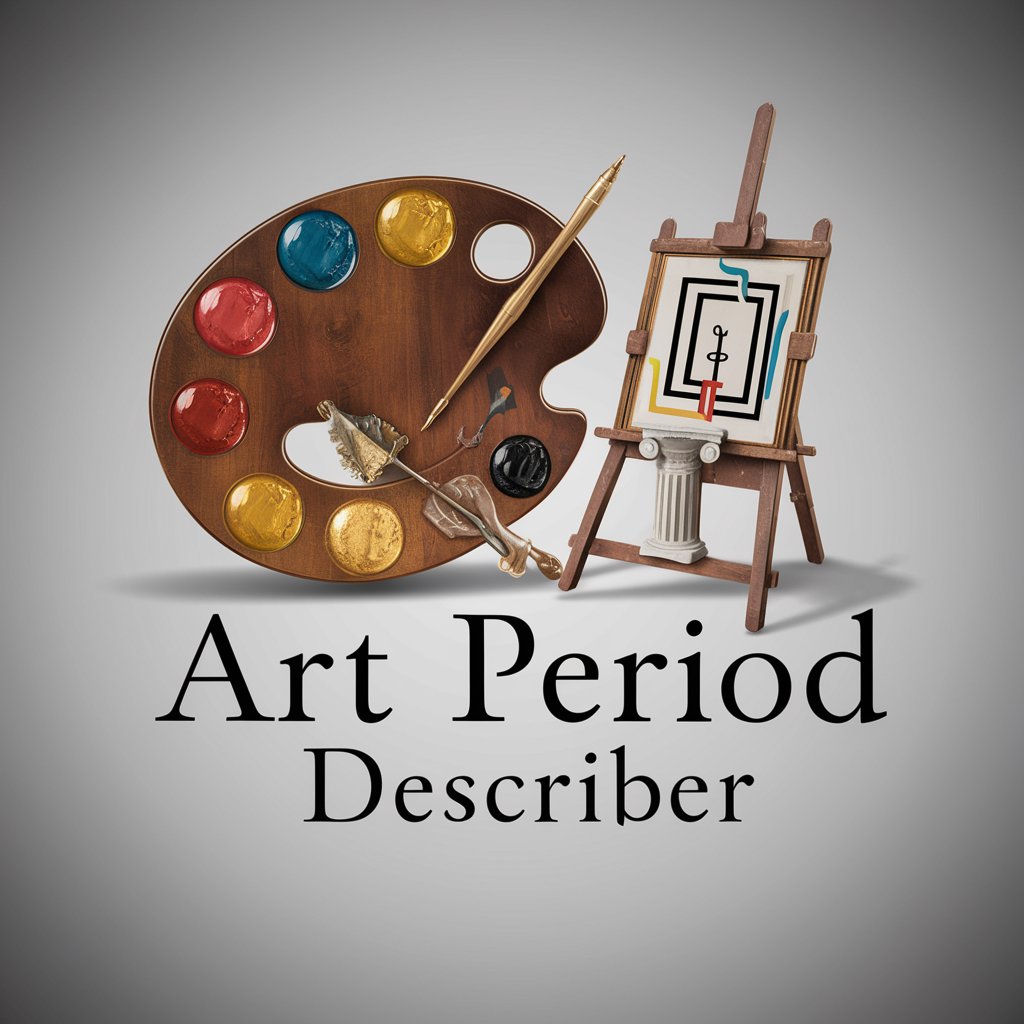
Unique Traits and Functions of Artistic Analysis GPTs
AI GPTs for Artistic Analysis boast a range of specialized capabilities, including the ability to understand and generate art-related content, perform stylistic analysis, and offer insights into art history and theory. These tools can adapt from basic descriptive tasks to complex interpretative and creative functions. Features like language comprehension, technical support for data analysis, web searching for up-to-date information, and image creation capabilities using AI models like DALL-E, make them versatile in handling a broad spectrum of artistic analysis tasks.
Who Benefits from Artistic Analysis GPTs
These AI tools cater to a wide audience, including art historians, educators, students, artists, and technology enthusiasts. They are designed to be accessible to novices without programming skills, offering intuitive interfaces and guided processes. For developers and professionals with technical expertise, these GPTs provide advanced customization options, allowing for the integration of specialized analysis and creative processes into their workflows.
Try Our other AI GPTs tools for Free
Technical Inquiry
Explore AI GPTs for Technical Inquiry: your AI-powered assistant for technical challenges, offering tailored, accurate, and user-friendly solutions across various technical disciplines.
Adaptation Aid
Discover how AI GPTs for Adaptation Aid leverage cutting-edge technology to offer tailored support and solutions in adapting to change, making them indispensable tools for various sectors.
Ethical Scriptwriting
Discover AI GPT tools for Ethical Scriptwriting, designed to blend creativity with ethical standards, offering adaptable, user-friendly solutions for responsible content creation.
Text-Based Gaming
Discover the transformative power of AI GPTs for Text-Based Gaming, enhancing narrative depth, player interaction, and creative development in text-based gaming adventures.
Heritage Exploration
Discover how AI GPTs for Heritage Exploration revolutionize the study and preservation of cultural heritage through advanced AI technologies, tailored solutions, and user-friendly interfaces.
Lifestyle Guidance
Explore how AI GPTs for Lifestyle Guidance can transform your daily routines with personalized, intelligent advice tailored to enhance your health, wellness, and overall lifestyle.
Expanding Horizons with Artistic Analysis GPTs
These GPTs offer groundbreaking possibilities for the integration of AI in the arts, providing platforms for innovative analysis, creation, and education. With user-friendly interfaces, they make advanced artistic analysis accessible to a broader audience, promoting a deeper understanding and appreciation of art. Furthermore, they can seamlessly integrate with existing systems, enhancing workflows in research, education, and creative projects.
Frequently Asked Questions
What exactly are AI GPTs for Artistic Analysis?
They are AI-driven tools designed to interpret, analyze, and create art-related content, leveraging the power of Generative Pre-trained Transformers.
Who can use these AI GPTs tools?
They are intended for a broad audience including art professionals, educators, students, and anyone with an interest in exploring art through technology.
Do I need programming skills to use these tools?
No, these tools are designed to be user-friendly for those without coding knowledge, while also offering customization options for tech-savvy users.
What kind of art can be analyzed with these tools?
These tools can analyze a wide range of art forms, including visual arts, literature, music, and performance art.
Can these tools create art?
Yes, some AI GPTs for Artistic Analysis are equipped with capabilities to generate art, such as images or text, inspired by various styles and periods.
How do these tools help in art education?
They provide interactive learning experiences, offering insights into art history, theory, and criticism, making art education more accessible and engaging.
Can I customize these tools for specific research projects?
Yes, many of these tools offer customization options that allow researchers to tailor their functionalities to specific project needs.
Are these tools capable of conducting historical art analysis?
Yes, they can analyze historical contexts, styles, and influences, aiding in the study and interpretation of historical art pieces.